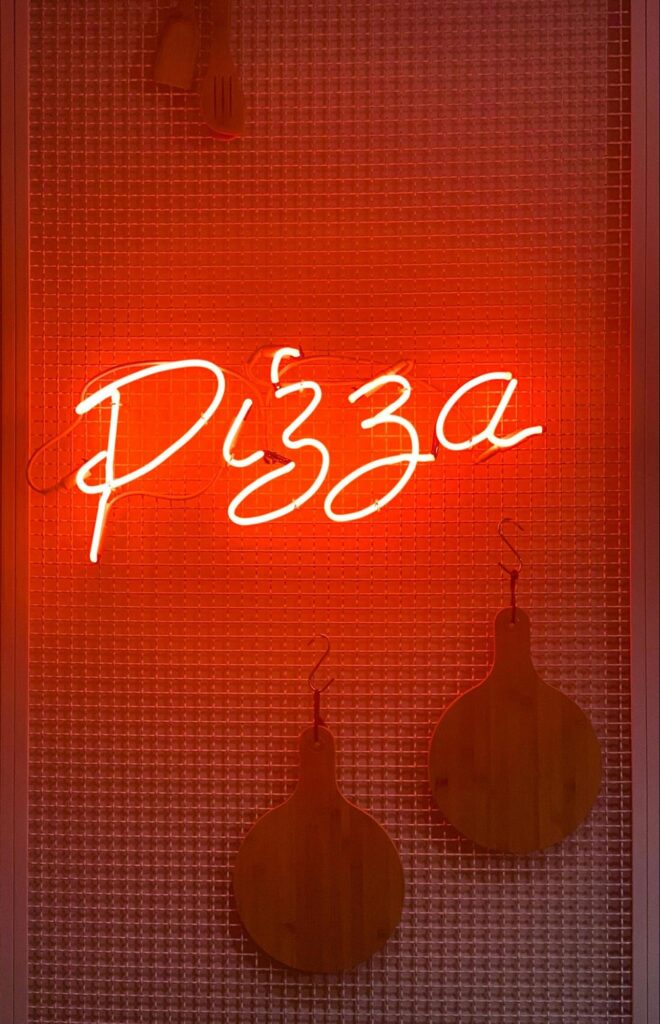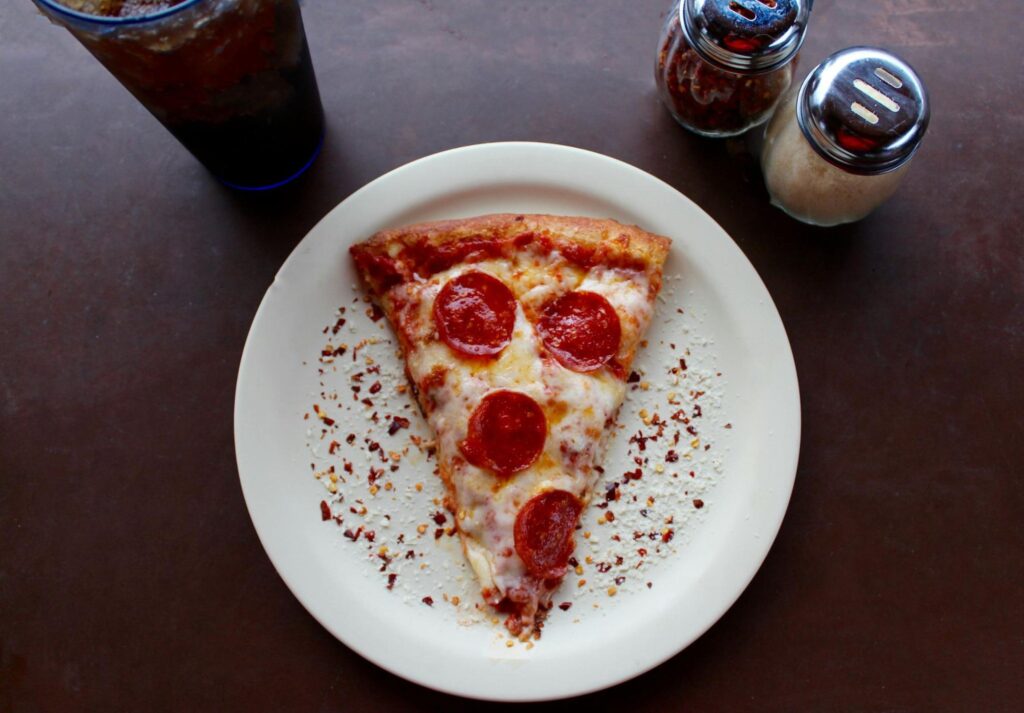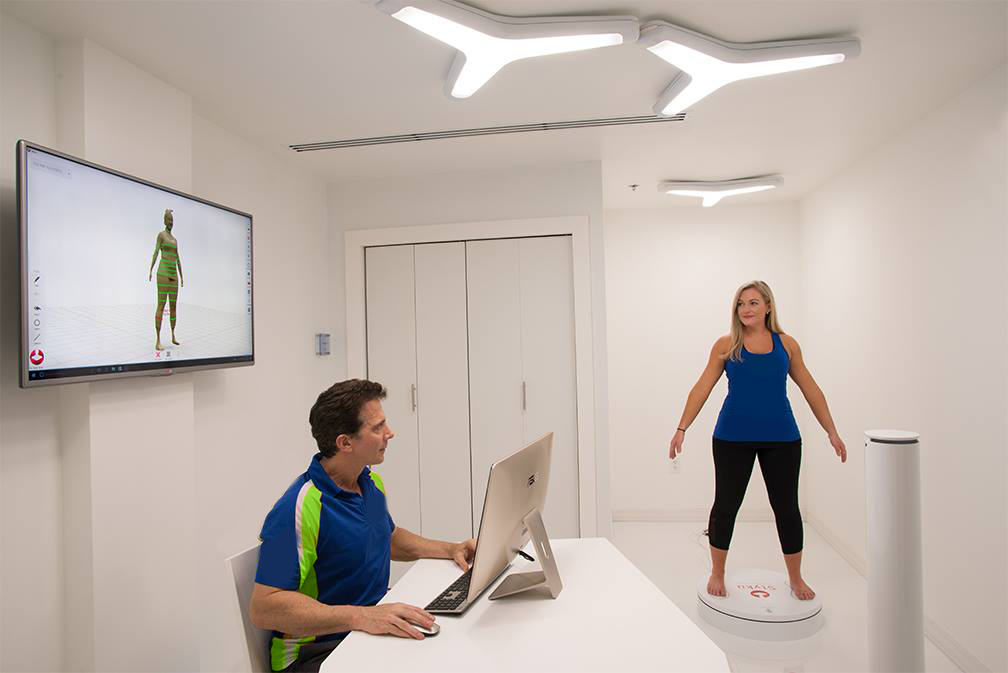Understanding Caloric Content
Calories serve as a crucial element in our diets, providing the energy necessary for our bodies to function optimally. Within the realm of food, calories signify not just the energy provided by the food we consume but also play a pivotal role in dietary choices and weight management. Understanding caloric content helps individuals make informed decisions regarding their consumption habits and overall health.

What are Calories and Why Do They Matter?
Calories are a measure of the energy that food supplies when consumed. Essentially, they reflect the energy stored in food, which our bodies convert into usable energy for daily activities. The number of calories we consume should be balanced with the calories we expend in order to maintain a healthy weight.
Monitoring caloric intake is particularly essential for individuals with specific health goals, such as weight loss, muscle gain, or maintaining energy levels during physical activity. Therefore, recognizing the caloric content of everyday foods—especially popular choices like pizza—can significantly influence dietary decisions.
Moreover, understanding caloric content can also aid in the prevention of chronic diseases. Many health issues, such as obesity, diabetes, and heart disease, are closely linked to caloric imbalance. By being aware of how many calories are in the foods we eat, we can better manage our overall energy intake and make healthier food choices that align with our long-term wellness goals.
Factors That Influence Caloric Content in Food
The caloric content of food varies based on several factors, including the ingredients used, cooking methods, and portion sizes. In pizza, the primary components influencing calorie counts include the crust type, cheese quantities, and various toppings. Additionally, the preparation process can impact caloric density; for instance, adding extra oil or cooking methods that induce more fat implies higher calorie offerings.
Ingredients such as processed meats tend to elevate caloric values due to higher fat and caloric densities. Similarly, thicker crusts will typically result in a higher calorie count compared to thinner crust options, as they use more flour and may absorb more oil during baking.
Furthermore, the nutritional profile of the toppings can also play a significant role. Vegetables, for example, generally add fewer calories while contributing essential vitamins and minerals, making them a healthier choice compared to high-calorie toppings like extra cheese or creamy sauces. Understanding these nuances allows consumers to customize their meals in a way that aligns with their dietary preferences and health objectives, ultimately leading to more satisfying and nutritious eating experiences.

Breaking Down the Pizza Slice
To understand how many calories are in a slice of pizzeria pizza, it’s essential to break down its components. Each section of the pizza contributes differently to the overall caloric content, making it worthy of a detailed analysis.
The Crust’s Contribution to Calorie Count
The crust is often the base of a pizza and plays a significant role in the overall caloric content. Traditional pizza crust made from white flour typically contains around 100-200 calories per slice, depending on thickness and preparation method. Thin crust options may be lower in calories, while deep-dish styles can significantly increase calorie counts due to the excess dough and a thicker layer of cheese and toppings.
Whole grain crusts offer a healthier alternative, providing not only reduced caloric impact per slice but also including nutritional benefits like fiber. Pizza aficionados may also choose gluten-free options, which can vary in calorie content, providing yet another factor to consider. Additionally, some pizzerias have begun experimenting with alternative crusts made from cauliflower or chickpeas, which can offer lower calorie counts and unique flavors, appealing to health-conscious consumers.
The Role of Cheese and Toppings in Calorie Content
Cheese is a quintessential ingredient in pizza, contributing to its flavor and creaminess. However, it also adds a substantial amount of calories. A standard serving of mozzarella cheese contributes approximately 70-100 calories per slice. Adding extra cheese or substituting with flavor-packed varieties such as cheddar or goat cheese increases calorics, sometimes exceeding 150 calories per slice.
Toppings are another variable in the equation; meats such as sausage or pepperoni can significantly elevate the caloric content of a slice, adding anywhere from 50 to 120 calories, depending on the quantity. Conversely, vegetables can provide additional nutrients with relatively low calorie counts. Toppings like bell peppers, onions, and mushrooms not only enhance the flavor profile but also bring vitamins and minerals to the table, making them a smart choice for those looking to balance indulgence with nutrition.
The Impact of Pizza Sauce on Calories
While pizza sauce may seem less significant compared to crust and cheese, it still contributes to caloric content. A standard serving of traditional tomato sauce typically adds around 20-30 calories per slice. However, specialty sauces, like pesto or cream-based sauces, can dramatically increase the caloric value, sometimes adding another 50 calories or more.
Choosing a lighter sauce or balancing out heavier toppings can mitigate the overall calories consumed, offering pathways to a more nutritionally balanced meal. Furthermore, some pizza lovers are opting for sauces made from fresh tomatoes or homemade recipes, which can be lower in sugar and preservatives compared to commercial sauces. This not only enhances the flavor but also provides an opportunity to customize the pizza experience, allowing for a more wholesome approach to enjoying this beloved dish.
Comparing Different Pizzeria Styles
You may have noticed calorie counts vary markedly between different pizzeria styles. An examination of varying types can provide clarity on how pizza preferences can impact calorie consumption.
New York Style Pizza Calorie Count
New York style pizza is known for its large, foldable slices, characterized by a thin, yet somewhat puffy crust. An average slice of New York style pizza ranges from 250 to 300 calories, depending on its toppings and cheese amount. The thin crust allows for a chewy texture without excessive calorie counts compared to thicker varieties. Additionally, the classic toppings often include tomato sauce, mozzarella cheese, and a sprinkle of oregano, which not only enhance the flavor but also keep the calorie count relatively low. Many pizza enthusiasts appreciate the convenience of being able to grab a slice on the go, making it a popular choice for busy New Yorkers and tourists alike.
Chicago Deep Dish Pizza Calorie Analysis
Contrastingly, Chicago deep dish pizza is a calorie powerhouse. The thick crust and excessive cheese often lead to calorie counts reaching 400-700 calories per slice. The layers of cheese and various toppings packed within the crust significantly elevate caloric content. The unique preparation method, where the crust is baked in a deep pan and filled with cheese, meats, and vegetables before being topped with a chunky tomato sauce, creates a hearty meal that is often more filling than its thinner counterparts. Therefore, indulging in a slice of Chicago deep dish requires nutritional awareness, especially regarding caloric intake. For those who enjoy a rich and savory experience, this style of pizza can be a delightful treat, though moderation is key.
Neapolitan Pizza and Its Caloric Content
Neapolitan pizza offers a simpler, more traditional approach, featuring a thin crust complemented by only a few key ingredients. A slice of Neapolitan pizza typically contains about 200-250 calories. The nature of its simpler toppings often allows for a lighter option without compromising flavor. Traditionally made with San Marzano tomatoes, fresh mozzarella, basil, and a drizzle of olive oil, Neapolitan pizza is celebrated for its authenticity and quality of ingredients. Hence, the caloric content of Neapolitan pizza can present a favorable alternative for pizza lovers seeking a more modest option. The artisanal nature of this pizza style often means that it is crafted with care in wood-fired ovens, resulting in a delightful char and a unique flavor profile that many aficionados cherish.
Moreover, the emphasis on high-quality, fresh ingredients not only contributes to a lower calorie count but also enhances the overall eating experience. This style of pizza is often enjoyed in a leisurely setting, allowing diners to savor each bite while appreciating the craftsmanship that goes into its creation. As a result, Neapolitan pizza has gained a dedicated following among those who prioritize taste and authenticity in their culinary choices.
The Effect of Pizza Size on Calorie Count
The size of a pizza slice significantly impacts the total caloric consumption. As pizza is often sold in various sizes, understanding how dimensions correlate with caloric intake is vital for health-conscious consumers.
Small vs. Large Slices: A Calorie Comparison
A small slice of pizza (approximately 10 inches) may contain around 200-300 calories, depending on toppings. In contrast, a large slice (around 16 inches) can easily surpass 400 calories due to the larger portion size.
This discrepancy emphasizes the importance of portion control and awareness regarding how many calories are present in larger slices to avoid excess caloric intake.
The Caloric Impact of Thin Crust vs. Thick Crust
Choosing between thin crust and thick crust can significantly affect overall calorie count. Typically, a thin crust pizza slice will have 50-100 fewer calories than its thick crust counterpart, depending on toppings and cheese.
This difference underscores the value of selecting a crust type aligned with dietary preferences while enjoying pizza. For those seeking reduced calorie options, thin crust presents a healthier pathway without sacrificing too much of the beloved pizza experience.
Healthier Pizza Options
Even for pizza enthusiasts, there are several strategies to create healthier pizza choices while maintaining taste and satisfaction. By making minor adjustments, individuals can enjoy their favorite dish without compromising their health goals.
Choosing Lower Calorie Toppings
One effective strategy is to select lower-calorie toppings. Instead of adding high-calorie meats such as sausage and pepperoni, consider opting for vegetables like bell peppers, onions, or mushrooms. These choices often add nutritional value without significantly increasing the overall calorie count.
Another option is to incorporate lean proteins such as grilled chicken, providing the element of protein while balancing caloric content.
The Benefits of Whole Grain Crust
Switching to a whole grain crust can be beneficial not only for caloric content but also for overall nutrition. Whole grain options tend to contain more fiber and essential nutrients compared to traditional white flour crusts.
This transition can aid in digestion and provide a longer-lasting energy source while also potentially reducing the caloric impact when consumed in moderation.
Opting for Lighter Cheese Options
Substituting traditional cheese with lighter options, such as part-skim mozzarella or vegan cheese alternatives can also lead to a reduced caloric intake. At times, consumers may find that flavor remains consistent while enjoying the benefits of fewer calories.
Being mindful of cheese quantities can vividly impact the calorie count, allowing pizza lovers to experience less guilt while indulging in their favorite dish.
Conclusion
Understanding how many calories are in a slice of pizzeria pizza requires examining various factors, including crust types, cheese, and toppings, as well as portion sizes. As demonstrated, pizza style choices can also have significant implications on caloric content.
Book a free consultation with our expert weight loss coach to dive deeper into your dietary habits, set personalized health goals, and make informed food choices. Let us help you enjoy your favorite foods while staying on track with your wellness journey!






